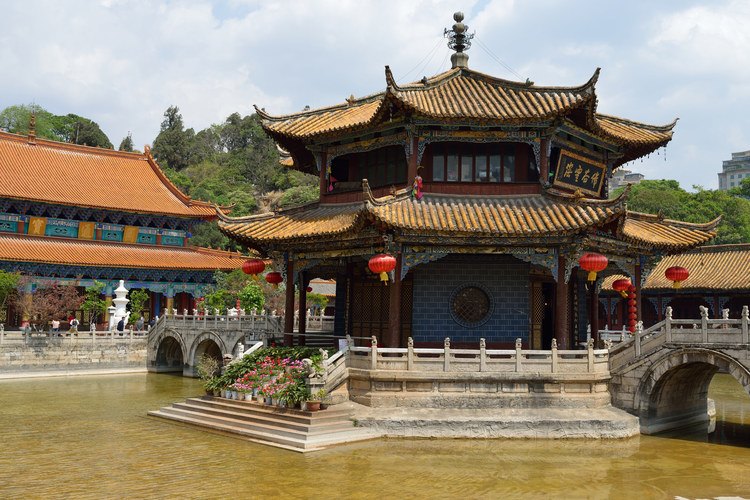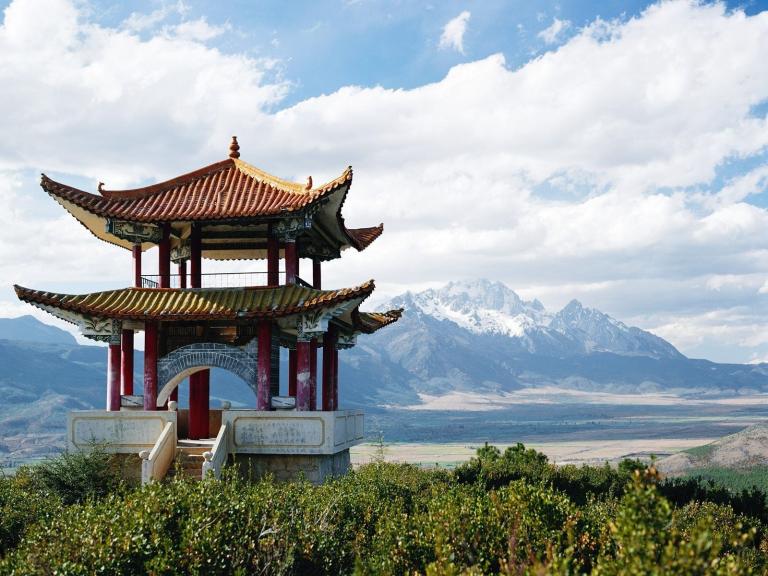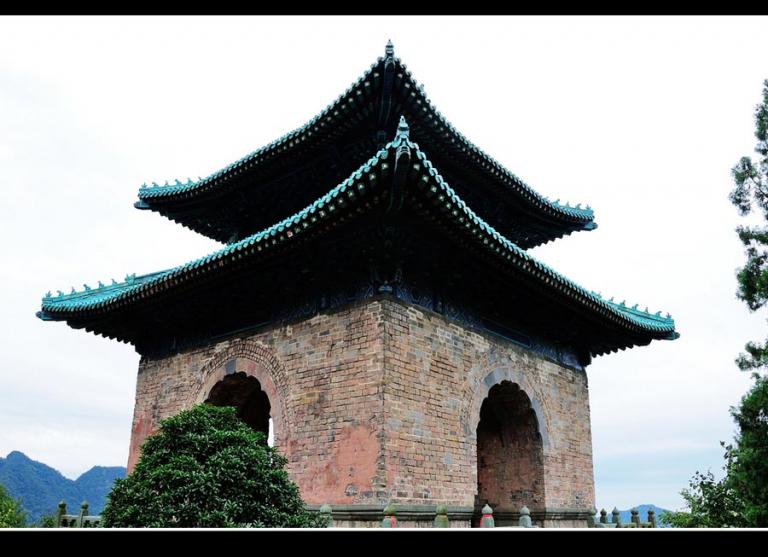Ancient Chinese religious architecture
4 min readReligious constructions can be found all over China.These religious constructions mainly consist of temples of Buddhism,Lamaism,Islam,and Taoism.They differ in layouts,groupings,systems of colored paintings and themes of engravings,and according to the different religious doctrines and requirements of usages.They are also different from other kinds of structures.Portraits of Buddhas,murals,engraved tablets,calligraphy,Buddhist utensils,furnishings,and Buddhist scriptures are carefully kept in those constructions.They are important cultural relics or art treasures of high value.

Buddhist Architecture
Chinese Buddhist architecture consists of temple,pagoda and grotto.As the central structure of spreading Buddhism in China,the temple is where cenobites live their religious life.
It usually has a group of courtyards and halls set on the north-south axis with side rooms flanked symmetrically on each side.
Mountain Gate is the entrance of the temple,usually followed by a solemn screen wall.After the gate there is the first courtyard,also called forecourt.The Bell Tower and Drum Tower are set symmetrically on each side of the yard.In small temples,they were replaced by pavilions.There is a leading way in the middle to the Heavenly Kings Hall,the first main hall on the axis.Right after the Heavenly Kings Hall is the second courtyard,the principal part of the temple,which include the Main Buddha Hall and several flanking rooms.A huge bronze incense burner is used for religious or ritual ceremonies and is found in front of the Main Buddha Hall for people to burn incense.Behind the Main Buddha Hall is another courtyard.
Chinese Buddhist architecture follows symmetric style strictly.Usually main buildings willbe set on the central axis,facing the south.Annexed structures will be on the west and east flanks.Temple gate,Heavenly Kings Hall,the Main Buddha Hall and the Sutra Library successively stands on the axis.Dorm,kitchen,dinning hall,storehouse and antechamber usually cluster on the right side while the left side remains for the visitors.
The Pagoda is also the main integrating part of Buddhist architecture,with varied styles and strong local flavors.The Pagoda followed Buddhism into China around the first century,and developed into a pavilion-like pagoda on which one can view scenery after its immediate combination with traditional Chinese architecture.Now the highest pagoda existing stands 40 meters high and enjoys a 1,400-year lifespan after the survival of several earthquakes.Among the 3,000 existing pagodas,there are al-timber pagodas,brick pagodas,stone pagodas,bronze pagodas and iron pagodas.

Most Chinese pagodas are multistoried ones and have quadrangle,hexangle,ocatagonal and twelve sided ichnographies.Later,in the Song,Liao and Jin Dynasties,flower pagodas were introduced which were decorated with assorted carved flowers,honeycombed shrines,animals and Buddha and disciple sculptures.Generally speaking,pagodas became more and more decorative.
Another Buddhist architecture is grotto complex which is caves hewn on cliff walls,usually huge projects and with exquisite engravings.It came from India with Buddhism too and boomed during the Southern and Northern Dynasties.The famous Mogao Caves,Yungang Grottoes and Longmen Grottoes were all carved then.
Taoist Arc hitecture
Taoist temples are much like their Buddhist counterparts,taking the form of the traditional Chinese courtyard and palace structure.You may become confused between these two,but from the decorative figures and deities to which people pray,you can distinguish a Buddhist temple from a Taoist one.Unlike a Buddhist temple which has two warriors guarding the gate,a dragon and a lion play this role in a Taoist temple instead.In the main hall,the Four Heavenly Emperors in addition to the Three Pure Ones the Jade Pure,the Upper Pure and the Great Pure一replace the Buddha trinity and Four Heavenly Kings. And the stories illustrated in Taoist murals depict a more earthly world of common people rather than the holy or sacred Buddhist world and clay figures set in the hall are more like common people.
Common decorative figures applied to Taoist structures include a tortoise intertwined with a snake,lions,gourds(which are said to contain the immortal pills)and more.
Many Taoist principles and philosophy are applied to Taoist architecture.In Taoism,metal,wood,water,fire and earth are considered the five elementary substances that form all the things in the world.Timber was chosen by Chinese architects because it is derived from wood,one of the five elements.It is believed that when people live in a timber house rather than a cement or stone one,they are supposed to keep a constant exchange with nature and reach the integration of nature and human beings.7This is why Taoist architectures resort to the local natural topography to build towers,pavilions,lobbies and other buildings,decorated with murals,sculptures and steles to entertain people,fully implementing the Taoist philosophy of nature.
Another unique feature of Taoist temple structure is the up-turned eaves.This up-turned structure with a beautiful curve presents an elegant and lively style that symbolizes a flying to the wonderland in Taoism.









